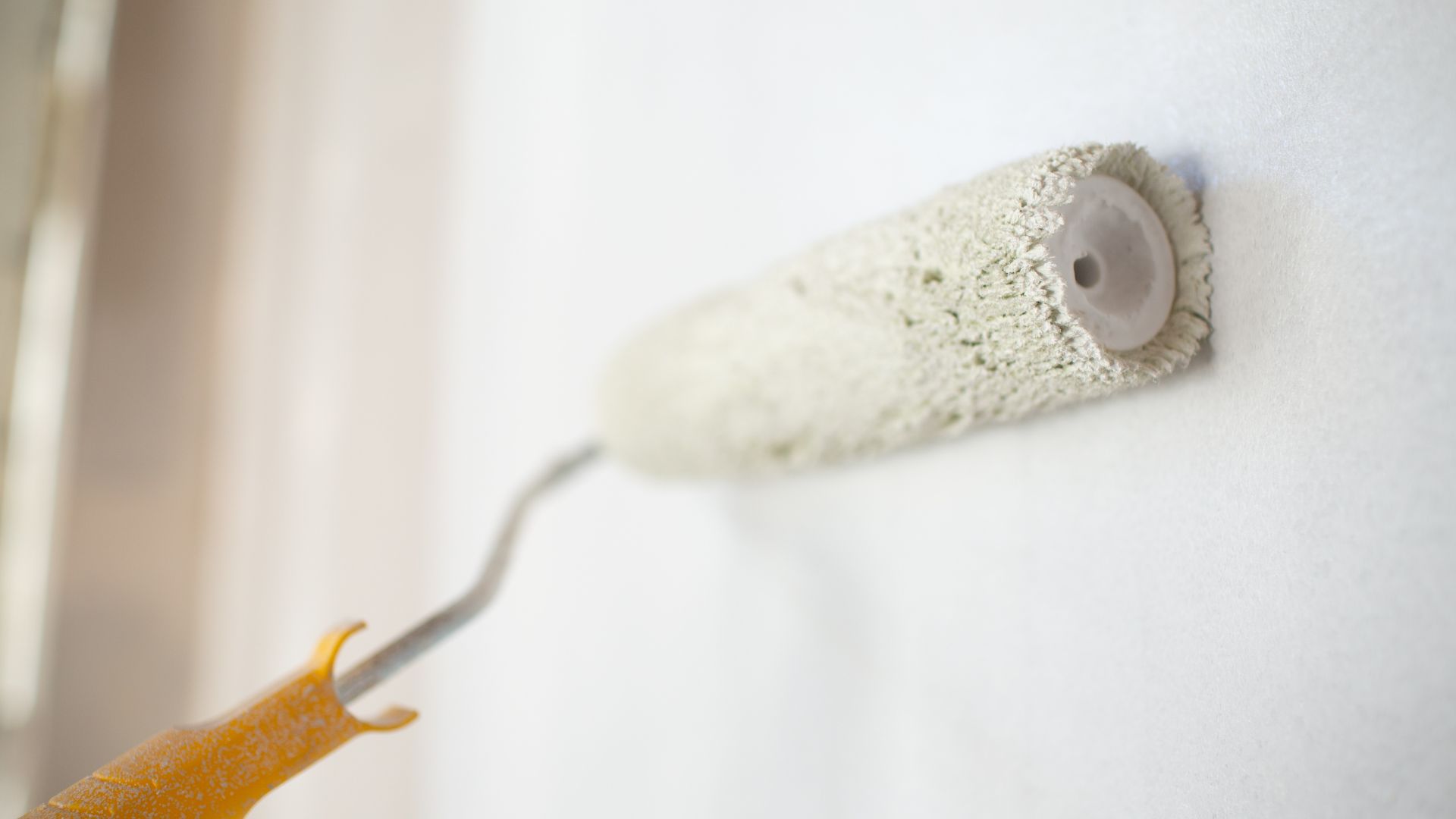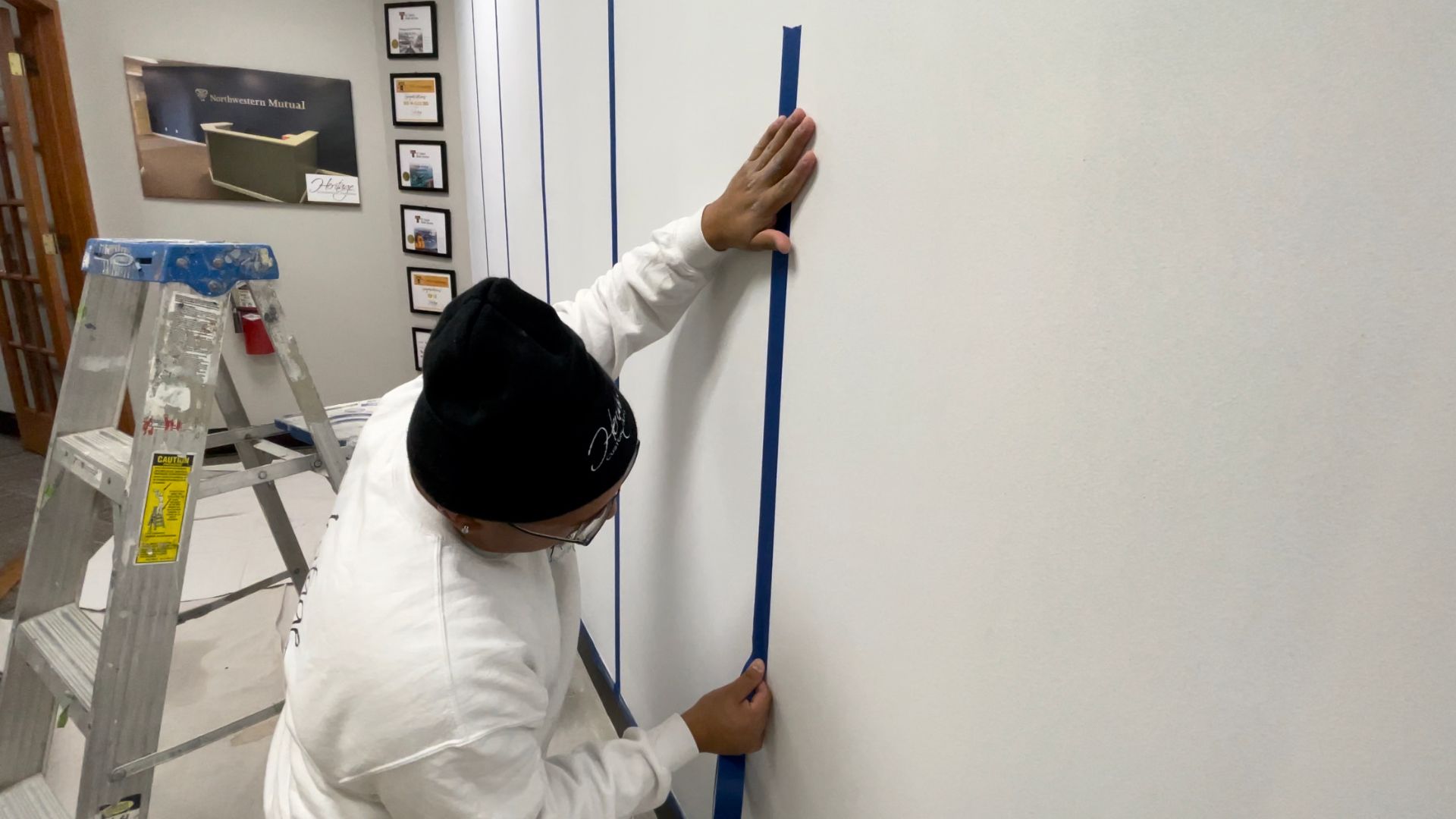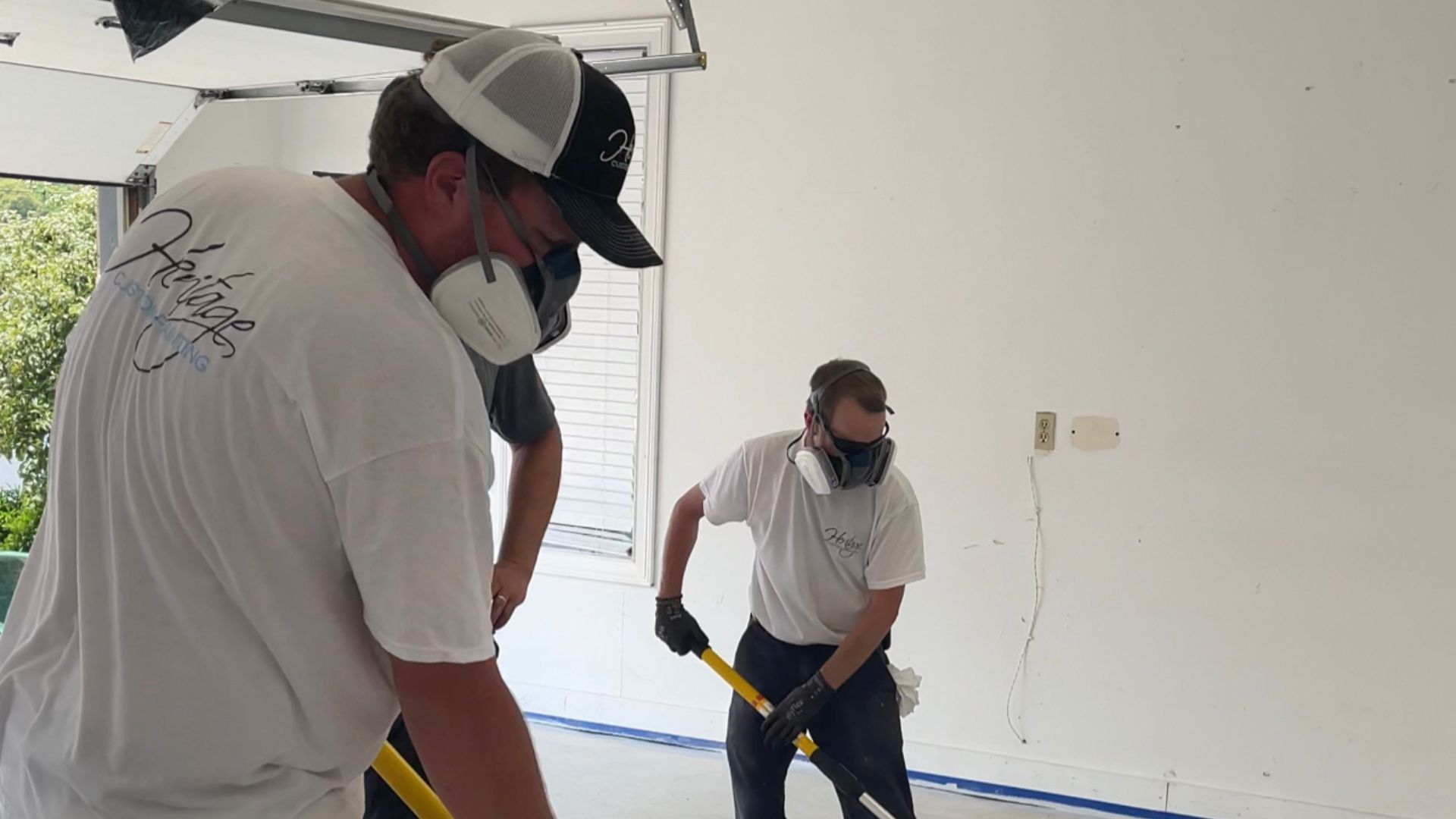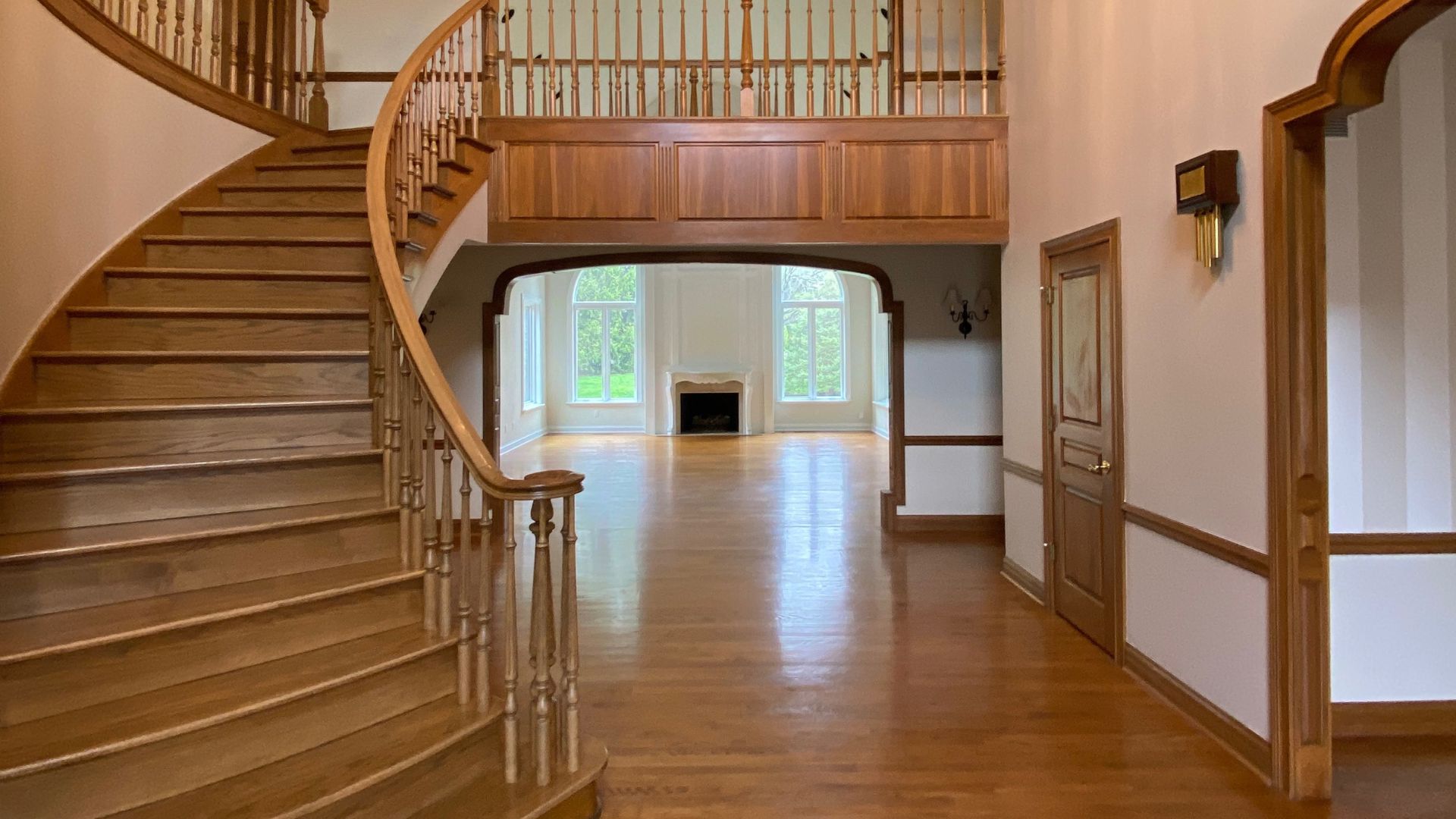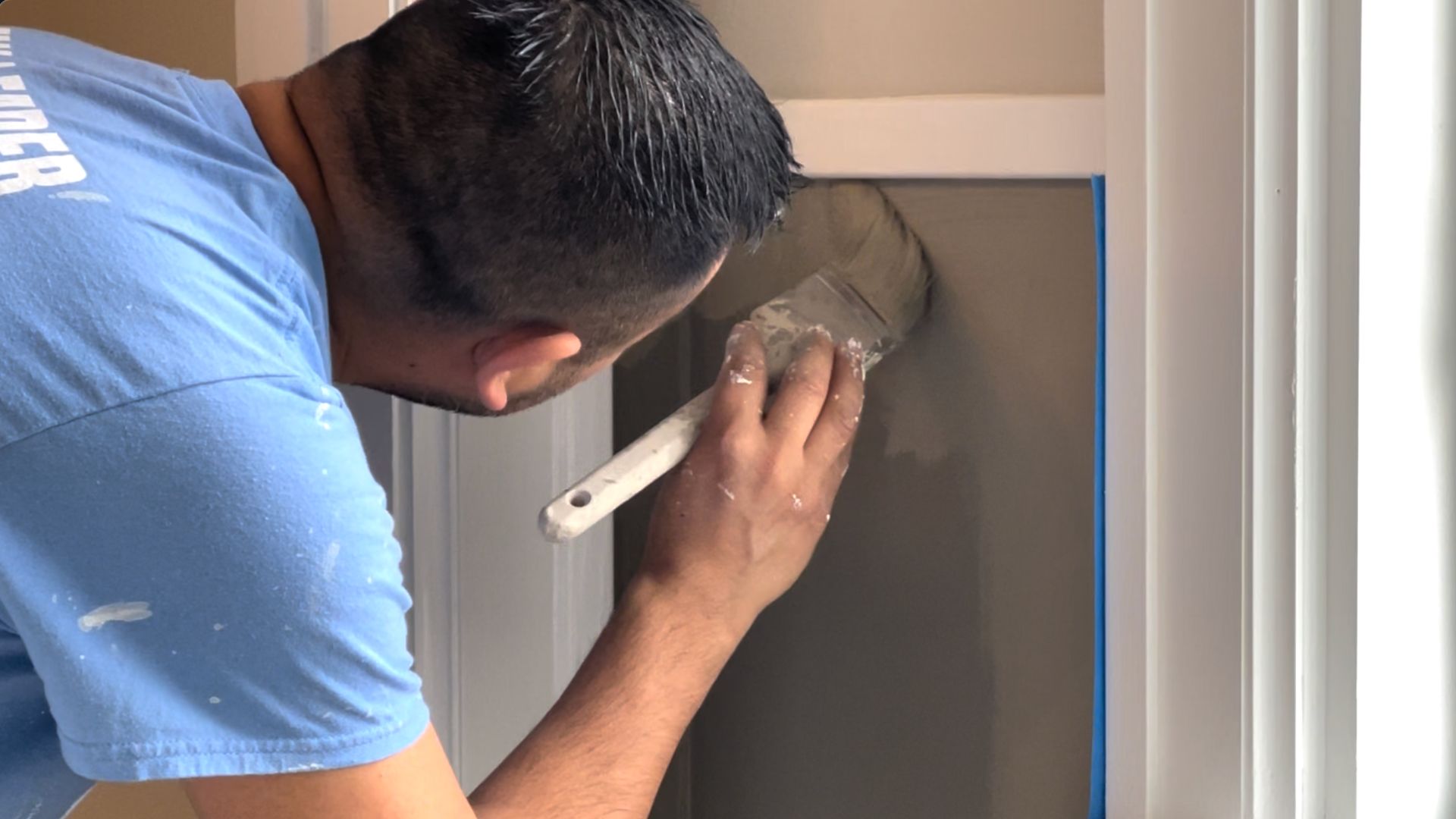Can You Make My Wood Stain Lighter?
Whether you are purchasing a new home with stained wood components or just aren’t happy with the last stain job, you may wonder if there’s a way to make the stain lighter. Well, there’s good news and bad news.
The good news is it is technically possible to make a stain treatment lighter. The bad news is it takes an extraordinary amount of effort, and it’s often better to replace the wood entirely or paint over it. In this post, we will explain how to make a wood stain lighter, and why better options are available.
Recommended reading:
What is Backrolling Paint?
What is Backrolling Paint? If you’re interested in getting your home interior repainted, you have likely seen some videos of professional…
Important Questions to Ask Before You Hire a Professional Painter
Important Questions to Ask Before You Hire a Professional Painter Painting your house is a big deal and it requires a…
What is a VOC?
What is a VOC? If you do any amount of research into paint products, you will likely come across the term…
Does Heritage Paint Offices?
Does Heritage Paint Offices? Heritage Painting has a robust range of services for commercial clients, and we are happy to serve…
Can You Make My Wood Stain Lighter?
Can You Make My Wood Stain Lighter? Whether you are purchasing a new home with stained wood components or just aren’t…
Interior vs Exterior Paint – What’s The Difference?
Interior vs Exterior Paint – What’s The Difference? Say you’ve recently had your house exterior painted, but you notice the interior…
WOOD STAIN VS PAINT – WHAT’S THE DIFFERENCE?
Before we explain how to make a wood stain lighter, let’s first discuss the difference between a wood stain and paint. Stains penetrate the wood surface while allowing the natural properties of the surface to show through. Wood stains also lose their color much faster than paint, and require more maintenance to keep the desired look.
Most stain treatments will have a polyurethane topcoat to help protect them from wear and tear, but that topcoat may have to be replaced every year. The long-term cost of maintaining wood stains will quickly add up.
Paint, on the other hand, is a durable protective coating that binds itself to the surface. High-quality paints can keep their luster and shine for years, and if they are properly cared for there is little to no maintenance involved.
Best of all, if you want to change the color, it’s as simple as applying a new coat over the previous paint.
HOW DO YOU MAKE WOOD STAIN LIGHTER?
Because stains penetrate the surface, it’s impossible to apply a lighter stain over it. The original stain has to be removed. In order to remove a wood stain, the surface has to be sanded repeatedly until the original stain is completely removed.
This is obviously a laborious task. It can be time-consuming and painful to do yourself, and hiring a crew to do it for you will be pricey because of the labor.
Once the stain is removed, though, it’s simply a matter of applying the new stain. However, aggressively sanding like this can have its own drawbacks. The wood will likely become overly smooth and lose the visual aesthetic that made it appealing in the first place.
That’s why in most cases, it’s better to simply replace the wood component or paint over the stain. Replacement is also quite costly, but it is the better option if you want to retain that natural wood look.
STAIN CONVERSIONS ARE MORE AFFORDABLE, MORE FLEXIBLE, AND LAST LONGER
Painting, on the other hand, is both more affordable and cost-effective because it doesn’t require replacing anything and the paint will last for a much longer time.
Stain conversions aren’t as simple as slapping paint over the stained wood, though. Unless the wood is properly primed beforehand, the natural tannins in the wood will bleed through and stain the new paint. That’s why we prime any stained wood with a shellac primer that prevents tannin bleed-through before we apply the finish.
If you want to refresh your trim, exterior siding, or stairwell systems, a stain conversion is the best way to do it. You can fill out the form below and get a free quote from Heritage Painting to see what it would take to fall in love with your home again.
Get a Free Quote From Heritage Painting
Fill out the form below and experience the difference today.

